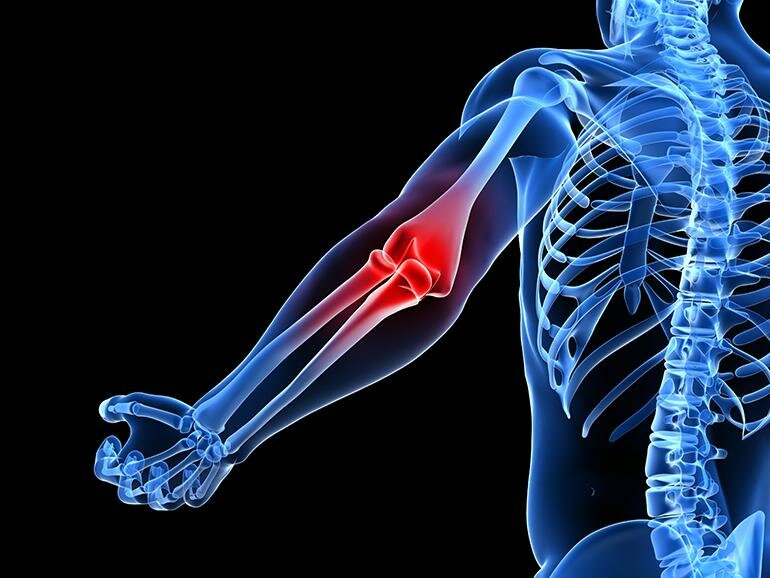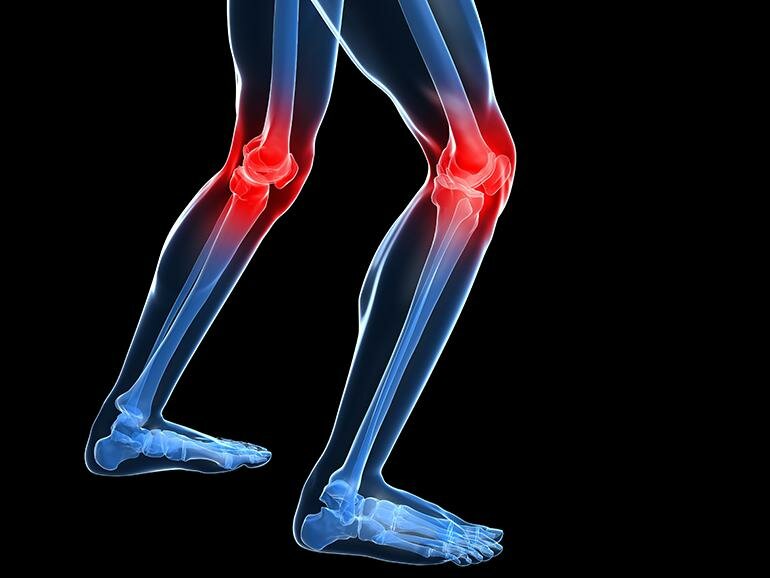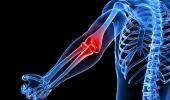Words: Schalk van der Merwe
Whether you are a professional athlete or a weekend warrior, let’s face it; playing sport is hard work.

Whatever gives you a rush, be it adventure sports, water-based activities, or simply kicking a ball around on the beach whilst you work on your tan, there is always an element of risk involved when it comes to sustaining an injury.
Injuries always strike when we least want them to. They appear like unwelcome neighbours just as you are sitting down to dinner.
In my capacity as Biokineticist, athletes and sportsmen often ask me what the most common injuries are that they should be aware of and how they can go about preventing ever picking them up.
Now, to understand injuries fully, we need to know that they occur in two groups, namely acute and chronic. Acute injuries are those that occur instantly during activity. While chronic injuries are those that present themselves as a result of overusing a certain part of your body during activity, over a prolonged period of time.
The nature of your activity will obviously determine which of these groups your injury is more likely to fall into. It must be said though that most athletes will suffer from acute and chronic injuries during their lifetime.
It is therefore important to identify which injuries are most prevalent when being active and understand how we can manage them if they occur.
The top six most common injuries are:
Tennis elbow
This condition is generally caused by overuse of the forearm muscles. Inflammation presents on the epicondyle of the elbow and this is extremely painful.
Treatment and prevention: Rest is the best medicine for this. Taking time out from your activity and having some physiotherapy on the elbow will have the best results. Forearm strengthening is the best form of prevention. Wrist curls, squeezing a stress ball, and ice treatment after exercise can be beneficial.
Lower back pain
The most common niggle amongst athletes and non-athletes, lower back pain can strike like a thief in the night. It is also the most complicated injury in terms of treatment. You need to make sure that if your pain is chronic, you have a proper diagnosis made to rule out any serious damage to the vertebral column. Muscle spasms can generally be treated more conservatively. Symptoms generally include muscle aches and stiffness. If you experience neurological symptoms, consult your doctor immediately.
Treatment and prevention: Stretching, and correct strengthening and conditioning exercises will help prevent the onset of back pain. Correct kit and proper settings on equipment will help reduce the likelihood of developing back pain. Yoga and pilates are excellent forms of cross training if you suffer from back pain.
Groin strain
This is probably the most annoying injury to sustain. An injury to the adductors (muscles that help pull your legs inward), usually occurs when you change direction suddenly or inadvertently slip on muddy terrain, for example. Symptoms include sharp pain, swelling, and sometimes even bruising on the inner thigh.
Treatment and prevention: As with any injury, stretching beforehand can reduce the onset of injury significantly. An adequate warm-up will also play an important role in the prevention of injury. If you suspect you have injured your groin, apply the RICE principle - Rest, Ice, Compression, and Elevation - and take a course of anti-inflammatories. It is essential to have it diagnosed correctly. When returning to activity, make sure that you don’t rush into it. Start off slowly, strengthening the core muscles and regaining full range of motion of the muscles involved. Apply ice after every workout and ensure that you are completely pain free before returning to the field of play.

Runner’s knee
Knee injuries constitute approximately 55% of all conditions treated by orthopaedic surgeons. Runner’s knee refers to aches and pains experienced by active people that relate to the kneecap. Runners are not the only people who fall victim to this injury, as it can affect cyclists, swimmers, and most active people. It is caused by overuse and irritation to the tendon that runs over the kneecap.
Treatment and prevention: If pain is persisting, apply ice to the knee for 20 minutes and take an anti-inflammatory if necessary. A long-term solution to the problem would include doing some rehabilitation and strengthening of the quadriceps muscles, to ensure that the knee has more stability. It is recommended to ease off on the intensity of your training and to do cross-training to prevent overuse.
Shin splints
Shin splints refer to the pain that develops on the inside of the shinbone (tibia), caused by inflammation of the muscles that surround it. Shin splints is common amongst athletes. Generally, it is caused due to weak muscles and by increasing the intensity of exercise too rapidly. Incorrect training kit, shoes, and training on hard surfaces can lead to the onset of this injury.
Treatment and prevention: Ice is your best friend. Apply directly after training and if pain occurs. Stretching and cross-training are effective methods to prevent shin splints. Strapping could also be an effective way to reduce the pain during activity. As a Biokineticist, I always recommend that you stretch your calf muscles sufficiently and strengthen the ankle ligaments and surrounding structures. Don’t increase training intensity too rapidly.
Achilles tendonitis
This is generally caused through overuse. The tendon behind the ankle becomes inflamed and pain can occur. This is known as Achilles tendonitis. It can become bad enough that running becomes impossible. It generally affects athletes that take part in running or jumping activities.
Treatment and prevention: Initially, when pain presents, it is important to apply the RICE principle. It is essential to strengthen calf and ankle muscles and ensure that you sufficiently stretch the Achilles tendon. Don’t resume activity until the injury has fully healed to prevent it from becoming a chronic condition.
It is important to have any injury correctly diagnosed, and getting proper treatment is always advised.
dinFO
For more information or advice about common sports injuries, email Schalk on











